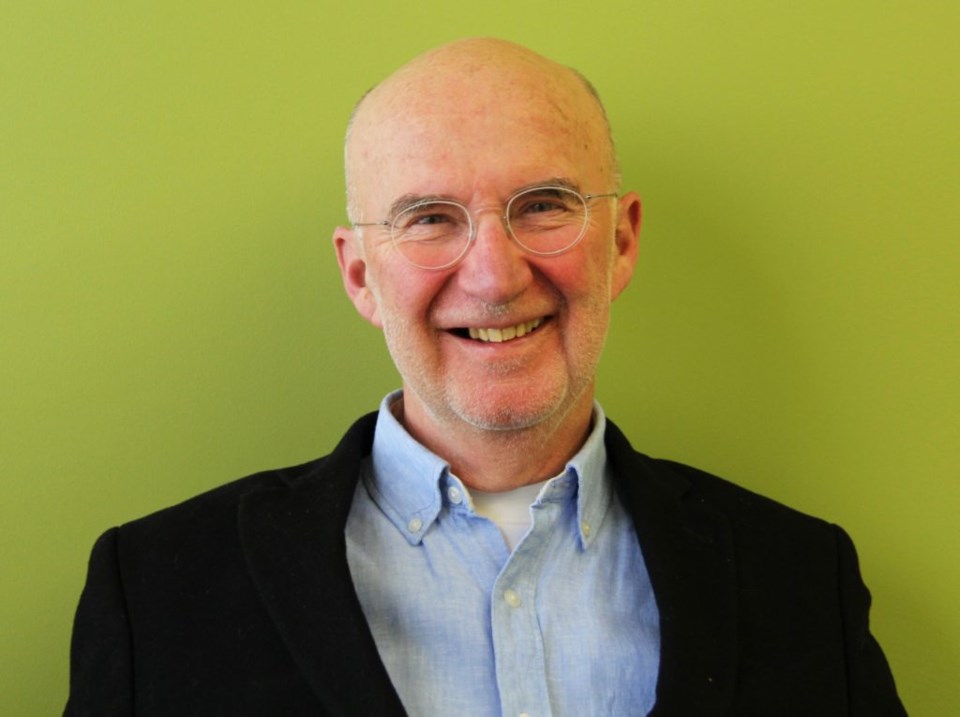
According to the Niagara-on-the-Lake Community Wellness Committee’s January report, community vitality involves both connectedness and education through life-long learning.
Although connectedness is something that NOTL does well, the committee’s report also recommends the following:
• Promotion of the NOTL Safety Committee’s Know Your Neighbour initiative;
• Continued expansion of the Mayor’s Youth Advisory Council membership and development of ideas for inclusivity for young people to foster better integration with the overall community;
• Development and implementation of additional inter-generational events within the community;
• Investigation of public garden allotments for residents who do not own property (i.e. renters, and seniors living in shared, supportive housing);
• Encouragement of town staff to continue enhancing the volunteer potential of residents and developing volunteer programs which tap the extensive experience of older residents, and the potential contributions of younger residents. For example, reinstating and expanding the volunteer-based leaf and snow buddy programs.
Brain and genetics research reveals that social activity avoids isolation and depression. ‘Use it or lose it’ is a good principle when it comes to the brain, mind and body.
It is often said there are two aspects to the mind: emotive, concerned with feeling; and cognitive, concerned with remembering, decision-making and logical thinking. Social interactions require use of numerous neural networks in your brain, as they often require both the emotive and cognitive aspects of the mind. Conversations and activities with friends and family help keep the brain active. Visual, hearing, or mobility problems can impede socialization and lead to isolation, putting people at higher risk of losing these neural networks. This makes it even more important for people in this higher risk category to mitigate those risk factors through the use of visual, hearing, or mobility aids, and to put emphasis on exercising the brain in addition to the body.
Two recent studies show the importance of social connectedness for brain fitness.
The first looked at the significance of social engagement and its connection to brain shrinkage. A study in Shanghai, China compared groups who either did Tai Chi, walking on their own, had social interaction or no intervention. Study participants had MRI assessments of their brain size at the beginning and end of the study. Compared to a reduction in the group that received no intervention, significant increases in brain size were seen in the Tai Chi and social intervention groups. The Tai Chi group also improved on neuropsychological tests. No differences were observed between the walking on their own group and the no intervention group. This study shows that although brain shrinkage is part of the normal aging process, the memory centre in the brain maintains its size when engaged in social activities.
The second study examined brain shrinkage in adults over 65 enrolled in the Experience Corps, a U.S. program that brings retired people into schools to serve as mentors to young children, compared with those who were not. They work with teachers to help children learn to read in understaffed school libraries. The program helped participants maintain a regular routine that is socially and physically engaging. The Experience Corps participants work in teams with young people and engage in problem-solving, providing complexity and novelty that often disappear once people retire. Typically, annual rates of brain shrinkage in adults over age 65 range from 0.8 percent to two percent. In this study, comparing Experience Corps participants with those not in this program, the latter group exhibited expected age-related shrinkage in brain size. The participants of the Experience Corps, however, showed an increase of 0.7 to 1.6 percent in brain size over the course of two years.
The Shanghai and Experience Corps studies are intervention studies that recently showed the importance of social engagement on brain health.
Social contact is perhaps even more important for those living with dementia. Research has shown that, among people with dementia, the rate of cognitive decline is lower among people with more frequent social contacts.
If NOTL follows through with the recommendations of its Community Wellness Committee, it is more likely that residents will experience the following benefits:
• The act of interacting with others calls upon multiple networks in your brain ensuring that you use them and do not lose them;
• The brain’s resilience and reserve will be strengthened more by meeting and helping other people than by simply sitting on your own learning a new skill;
• Meeting and helping people will not only improve cognitive functioning and reduce feelings of loneliness but also reduce the rate of shrinkage of your brain;
• Social contact and stimulation for people with dementia may help slow their rate of cognitive decline.
A clear plan is needed to optimize physical health and ensure good vision and hearing, to allow older adults the best opportunity to stay intellectually engaged and reduce isolation and depression.
Larry W. Chambers has authored 175 articles and books concerning disease prevention (e.g. dementia), and innovative approaches for continuing professional development. He is research director of the Niagara Regional Campus, School of Medicine, McMaster University. Eva Liu and Hanna Levy are medical students at the Niagara Regional Campus of the McMaster University School of Medicine. They are interested in improving community wellness of frail older adults in NOTL by narrowing the fitness (physical and brain) gap, diversifying housing options for older adults, and increasing economic activity within the community that also increases ability to interact with people and ideas.


